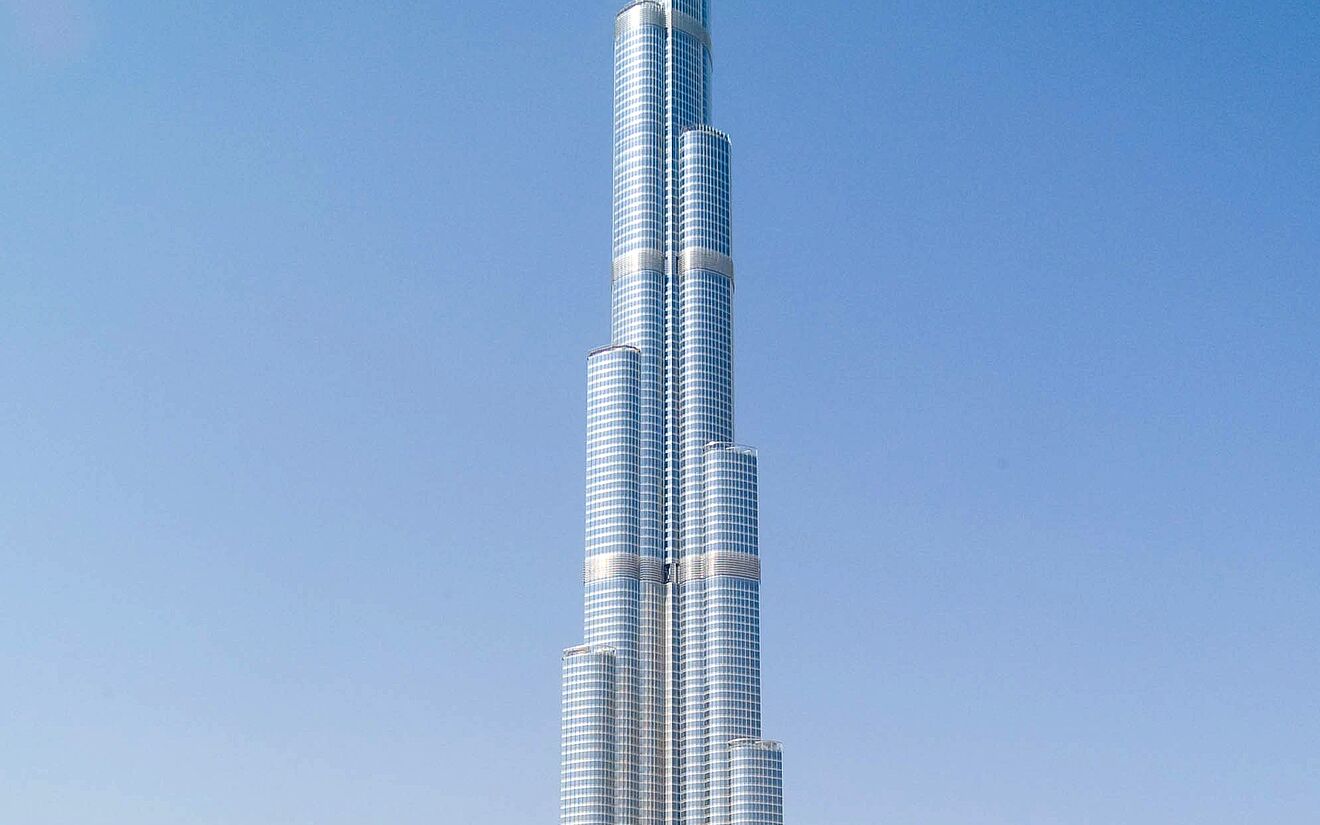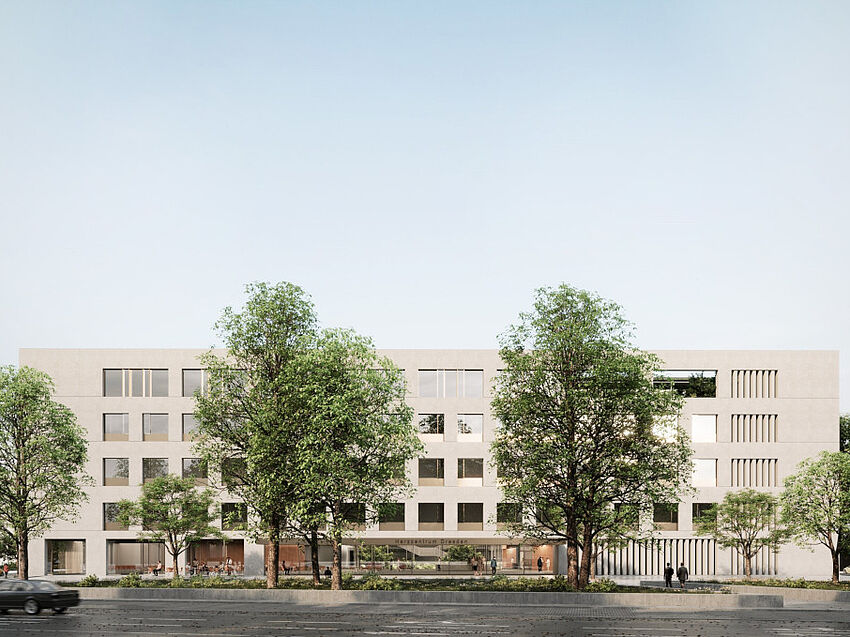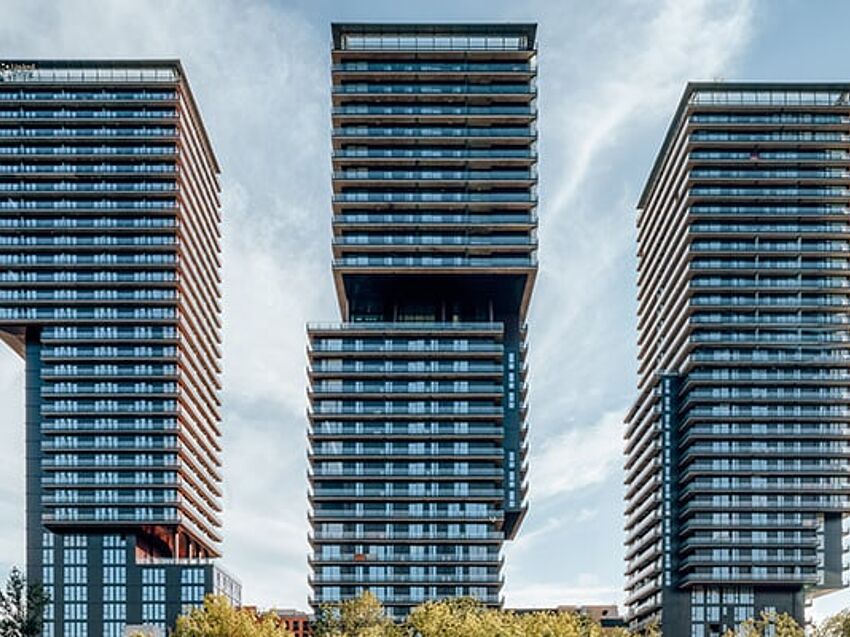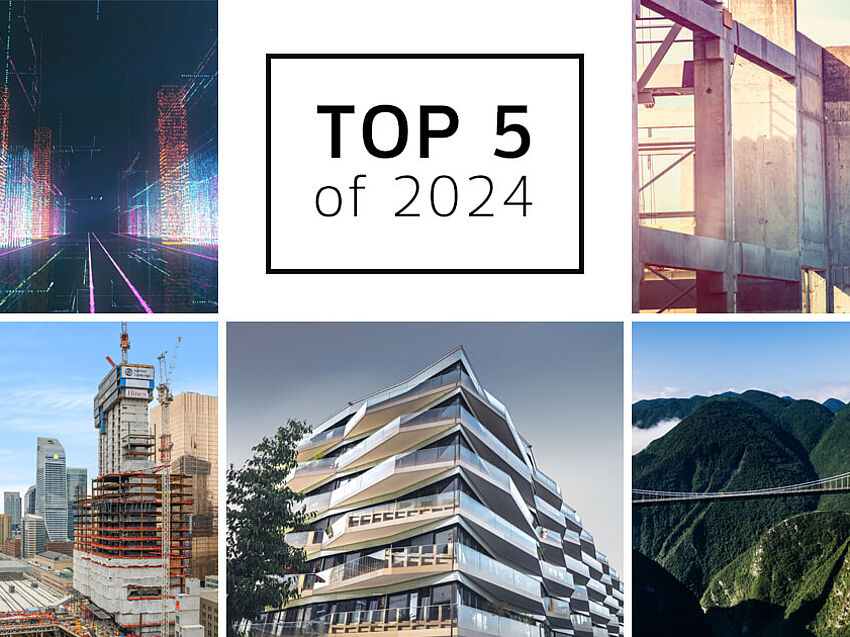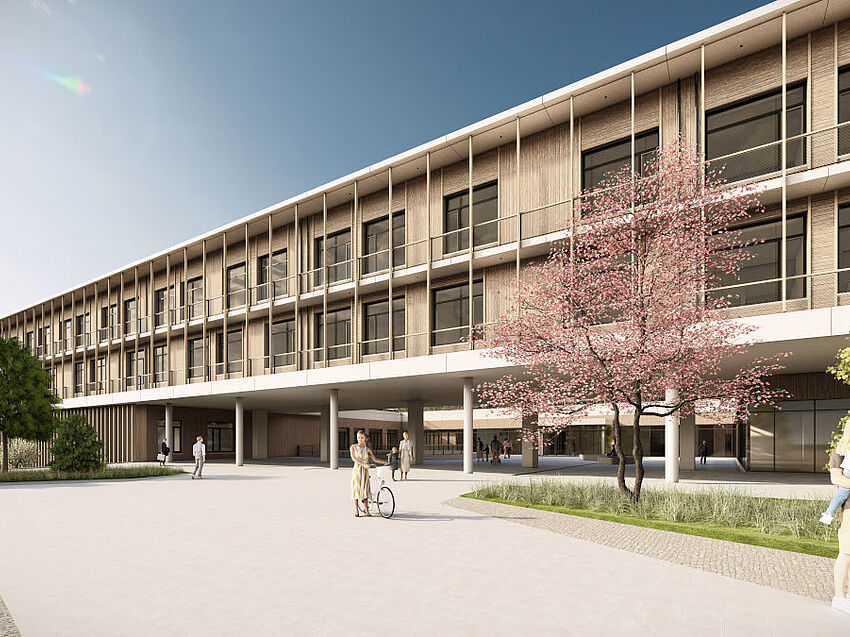New Heart Center Dresden: Architecture for Excellence in Medicine
Man has always aimed higher. Best example: the Tower of Babel. Aiming higher - then as now - is a sign of human power and strength. High towers are seen as the landmarks of a city. What impresses more than an opulent tower in a city skyline? They also serve as a reference point, as they always have done.
At a time when there was no sat nav or smartphone, enabling you to quickly enter an address and one’s destination, such reference points were more important than ever. The religious factor of the tall buildings must not be ignored either. Back then, building high the people wanted to get closer to their God.
Today, there is likely another reason for building upwards: Lack of space and expensive building land. Because of rising prices for space and at times scarcity of space in large metropolitan areas people focus on height. Many of the world's tallest buildings stand out on account of their breathtaking architecture. Higher, more eccentric and more spectacular – this is what it is all about today. There are almost no limits to the creativity. Here are the 10 tallest buildings in the world:
Number 1: Burj Khalifa (Dubai)
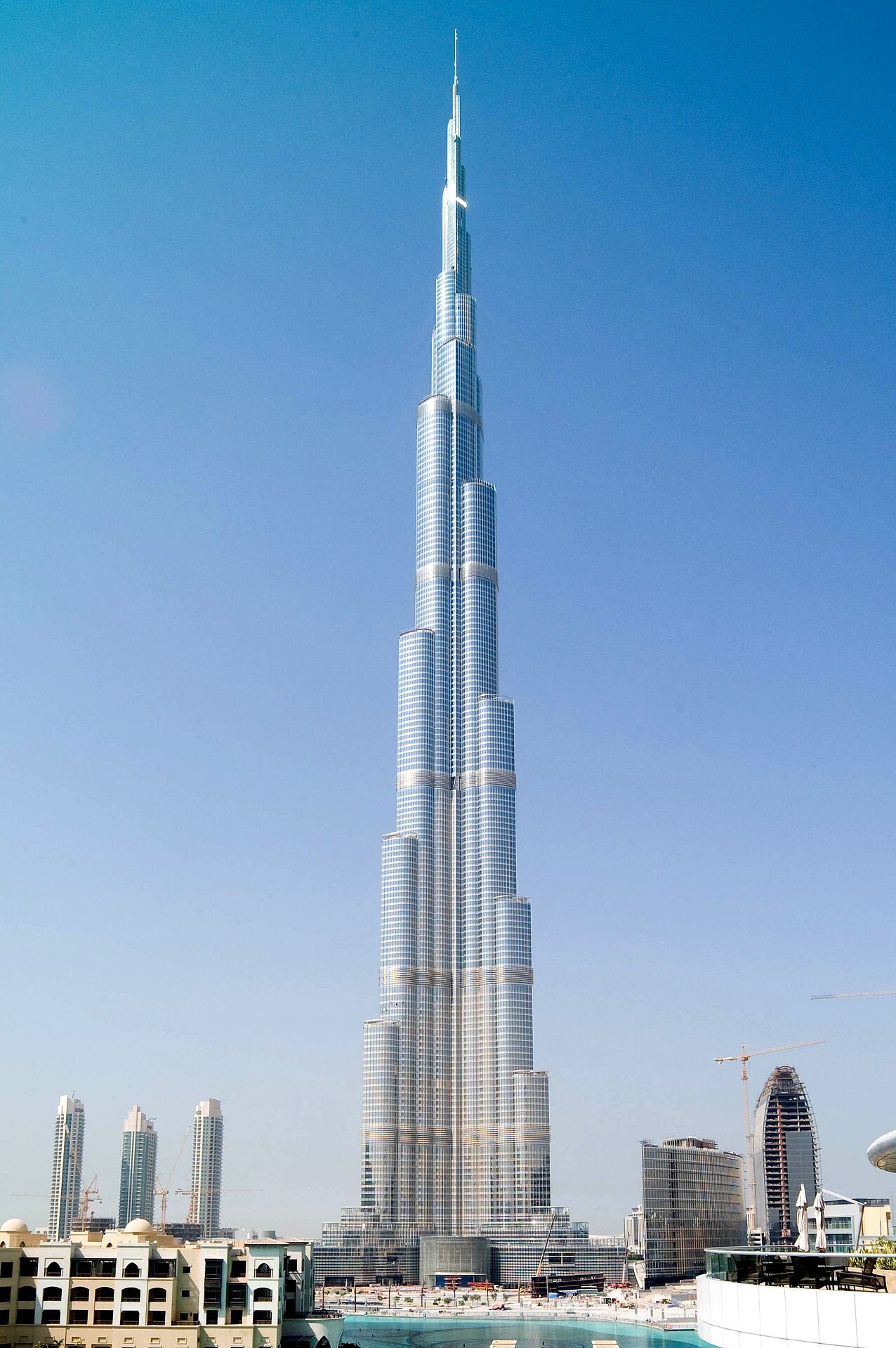
At a height of almost 830 m it is currently the tallest skyscraper in the world. Building work lasted 6 years; the costs totalled 1 billion euros. In total, the construction used 330,000 cubic metres of concrete and steel and other materials. The 163 functional floors feature offices, apartments, fitness and wellness areas, a mosque, hotel rooms and a restaurant.
Number 2: Tokyo Skytree (Japan)

The television and radio broadcasting tower is 634 metres high and the second highest building in the world. Construction period was four years and the costs involved totalled 60 billion yen.
Number 3: Shanghai Tower (China)
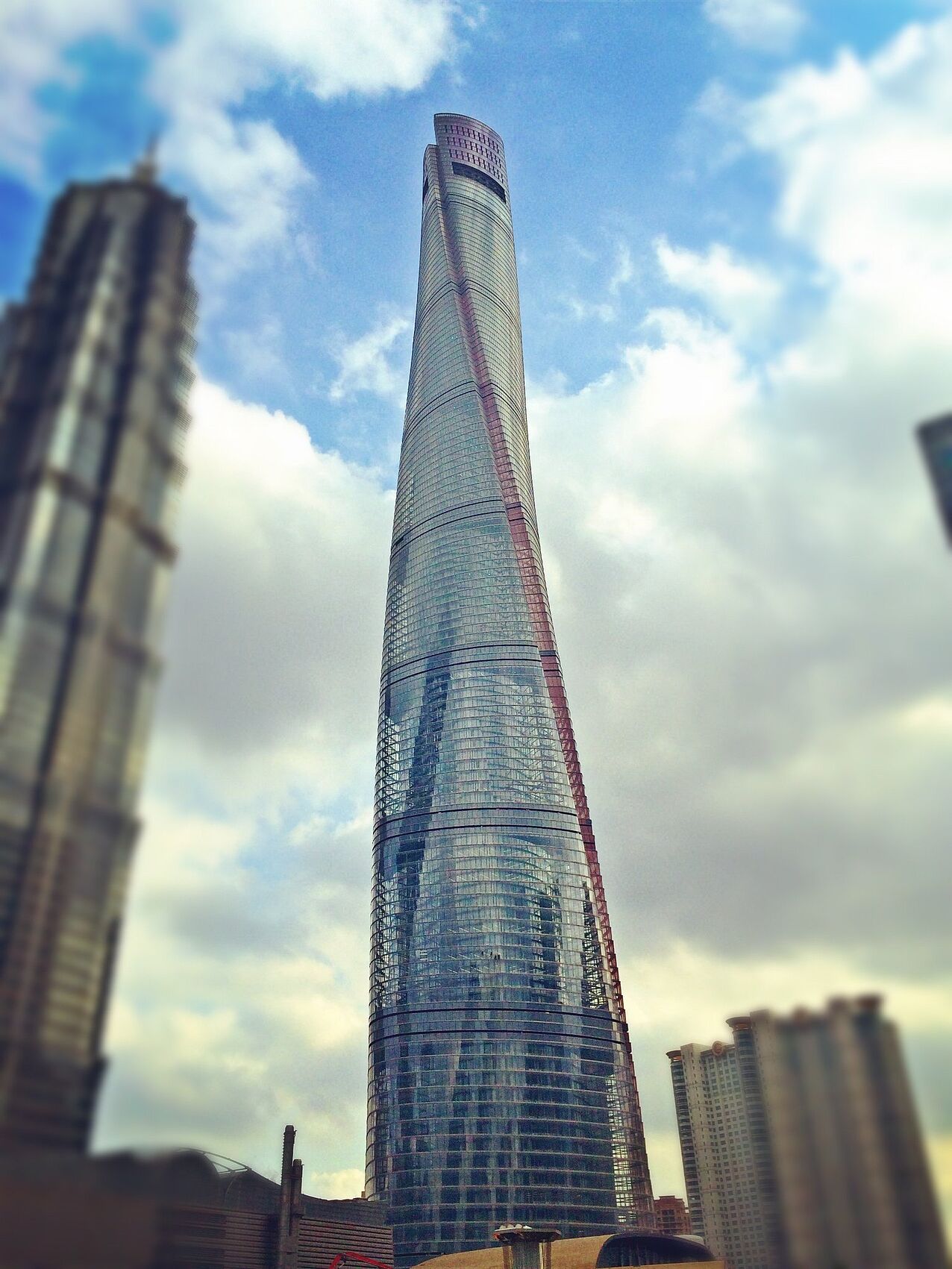
At a height of 632 metres the Shanghai Tower is the third tallest building in the world. The structure was erected in 7 years out of steel, reinforced concrete, glass and aluminium. 128 floors above and five floors below ground provide a total area of 420,000 square metres. 106 lifts transport visitors to their destination daily.
Number 4: Mecca Royal Clock Tower Hotel (Saudi-Arabia)
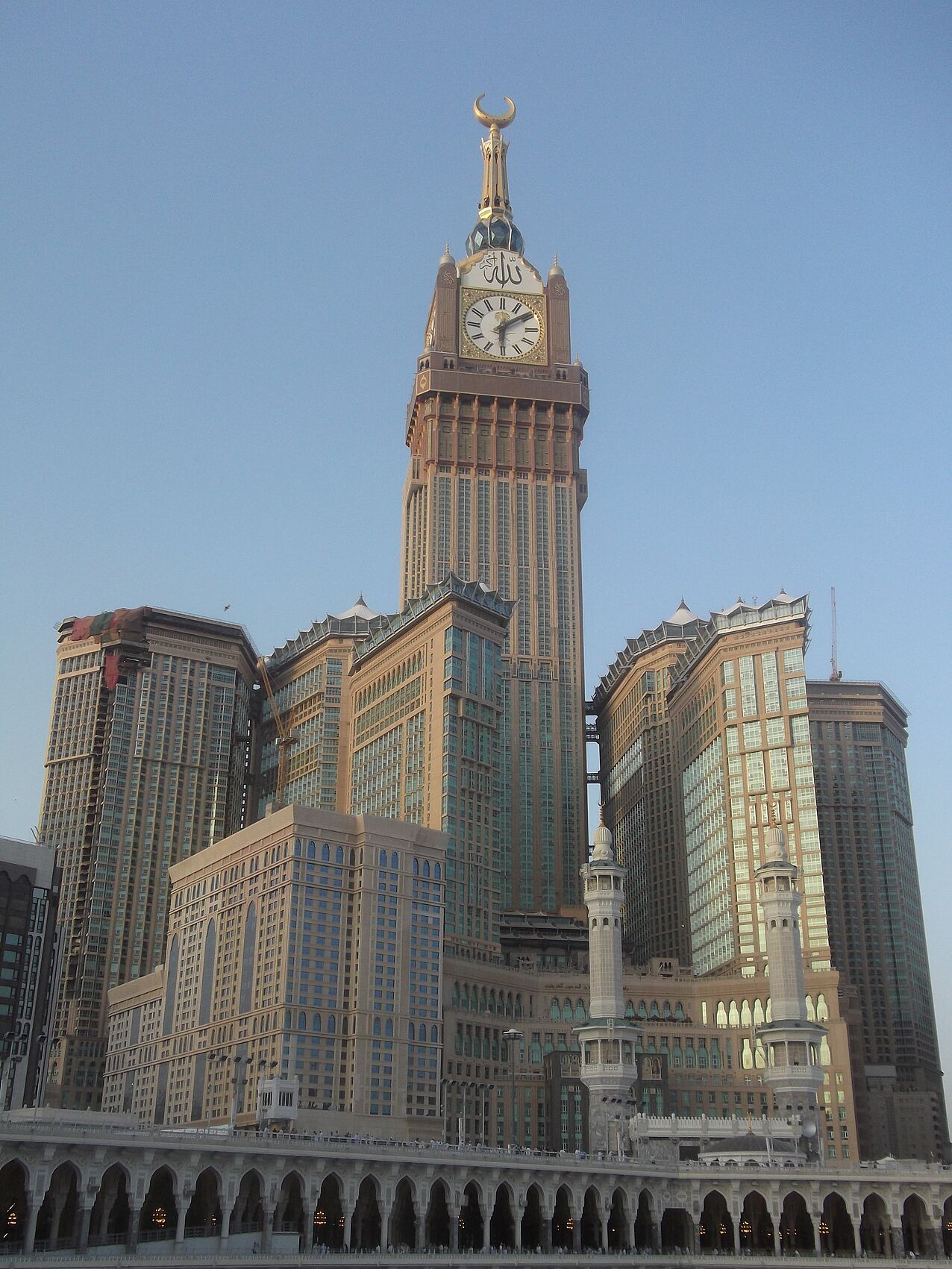
The skyscraper stands immediately alongside the Holy Mosque. With its 601 metres and 120 floors it occupies number one spot in Saudi Arabia at least. The hotel tower is crowned with the world’s largest clock. The four clock faces each have a diameter of 43 metres and are illuminated with two million LED lights. The glass mosaic of the clock faces is made up of more than 90 million individual parts. The emblem of Saudi-Arabia can be seen on it.
https://www.allplan.com/en/references/engineering#c151879
Number 5: Canton Tower (China)
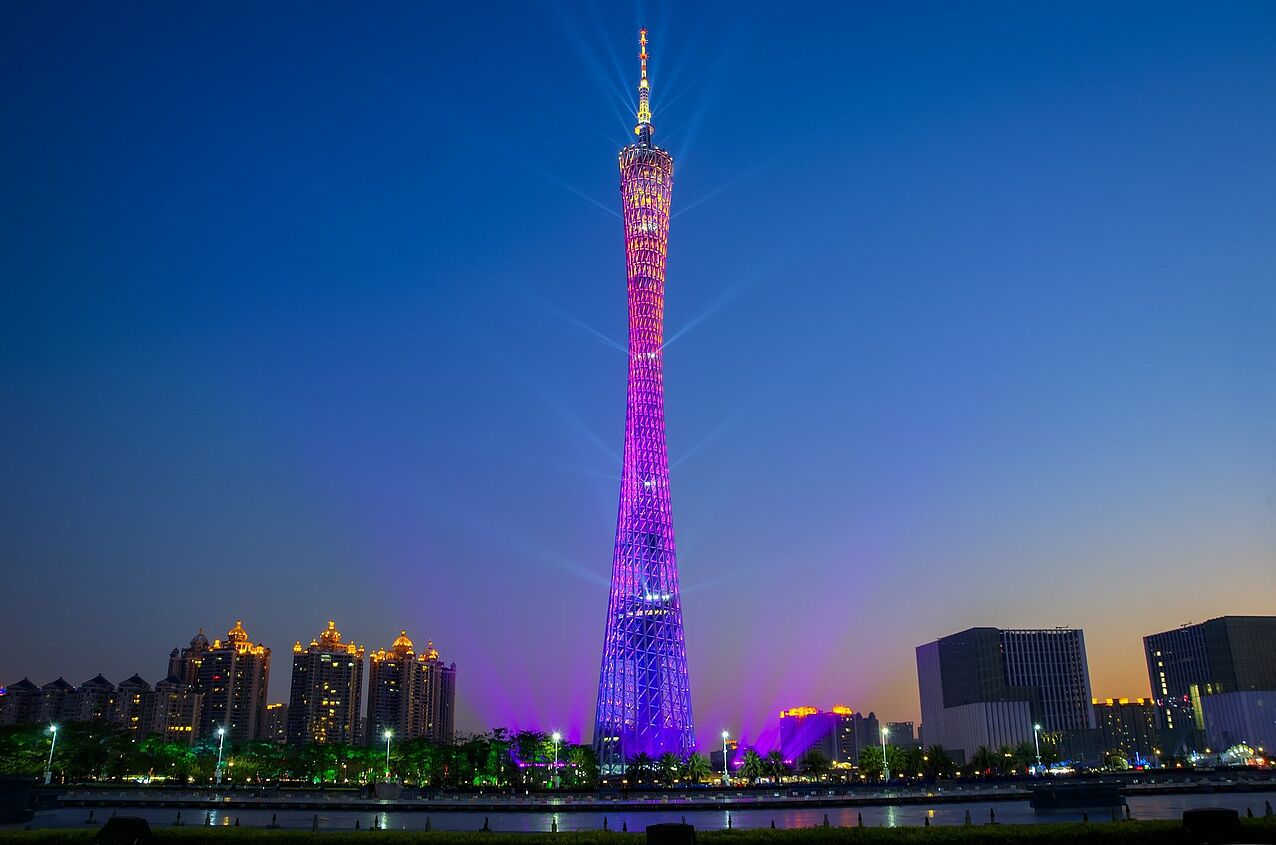
The 600-metre high television and viewing tower in Guangzhou in China stands out on account of its extraordinary architecture. It comprises a hyperbolic structure of two offset ellipses. As well as the usual technical rooms, the tower also has exhibition spaces, a conference centre, a cinema, restaurants and cafés, tea houses, gardens, and other recreational opportunities.
Number 6: CN Tower (Canada)
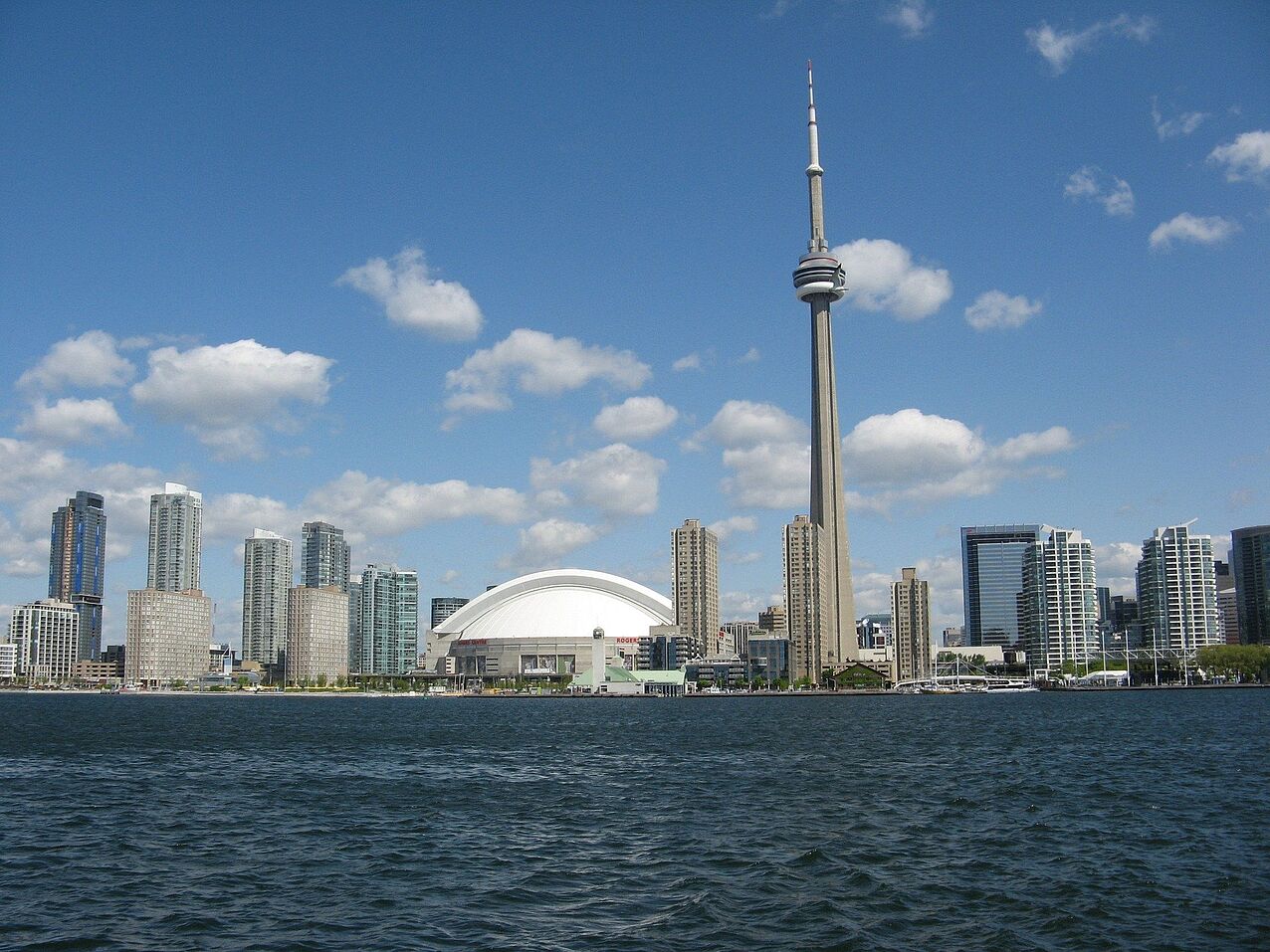
The Canadian National Tower in Toronto is a 553-metre high television tower. The city landmark cost 63 million Canadian dollars and was completed in 1976. In 1995, the tower was included in the "List of the Seven Wonders of the Modern World” by the American Society of Civil Engineers.
Number 7: One World Trade Center (USA)
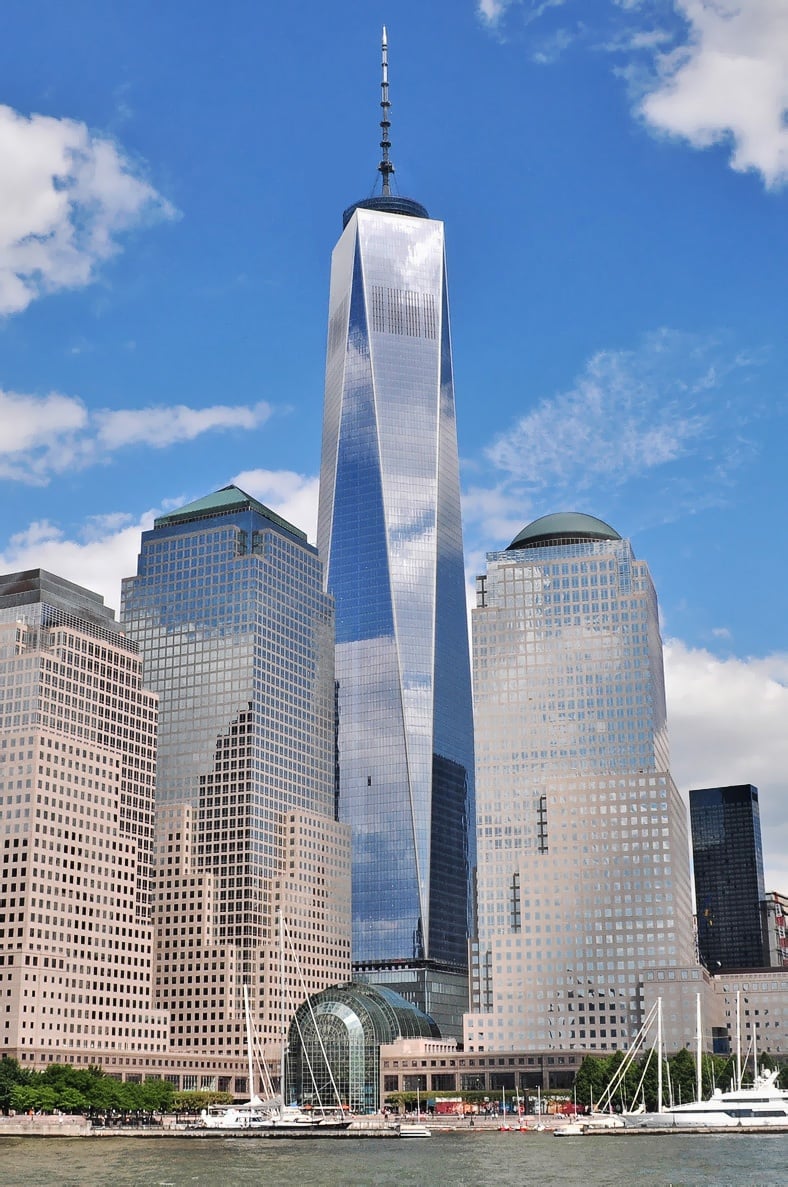
The former Freedom Tower is a skyscraper in New York City and the tallest building in the country. It was built within eight years on Ground Zero, the site where the World Trade Center was destroyed in terror attacks on 11 September 2001. The 54-metre high building is mainly made up of steel, reinforced concrete, glass and aluminium and cost around 3.8 billion US dollars.
Number 8: Ostankino Tower (Russia)
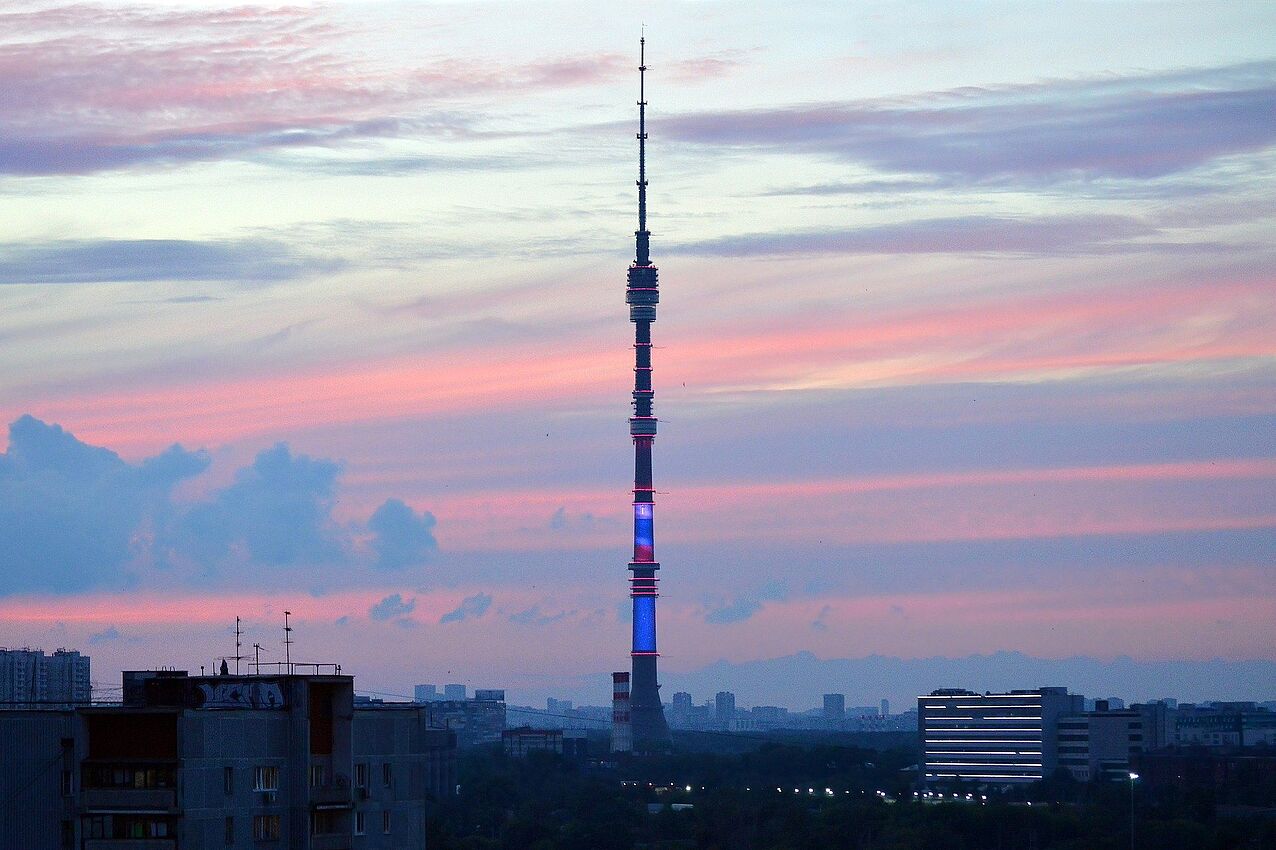
The television tower in Moscow stands at a height of 540 metres and is the highest structure in Europe. It comprises 55,000 tons of steel and concrete. After the Tokyo Sky Tree, the Canton Tower and CN Tower it is the fourth highest television tower in the world.
Number 9: Willis Tower (USA)
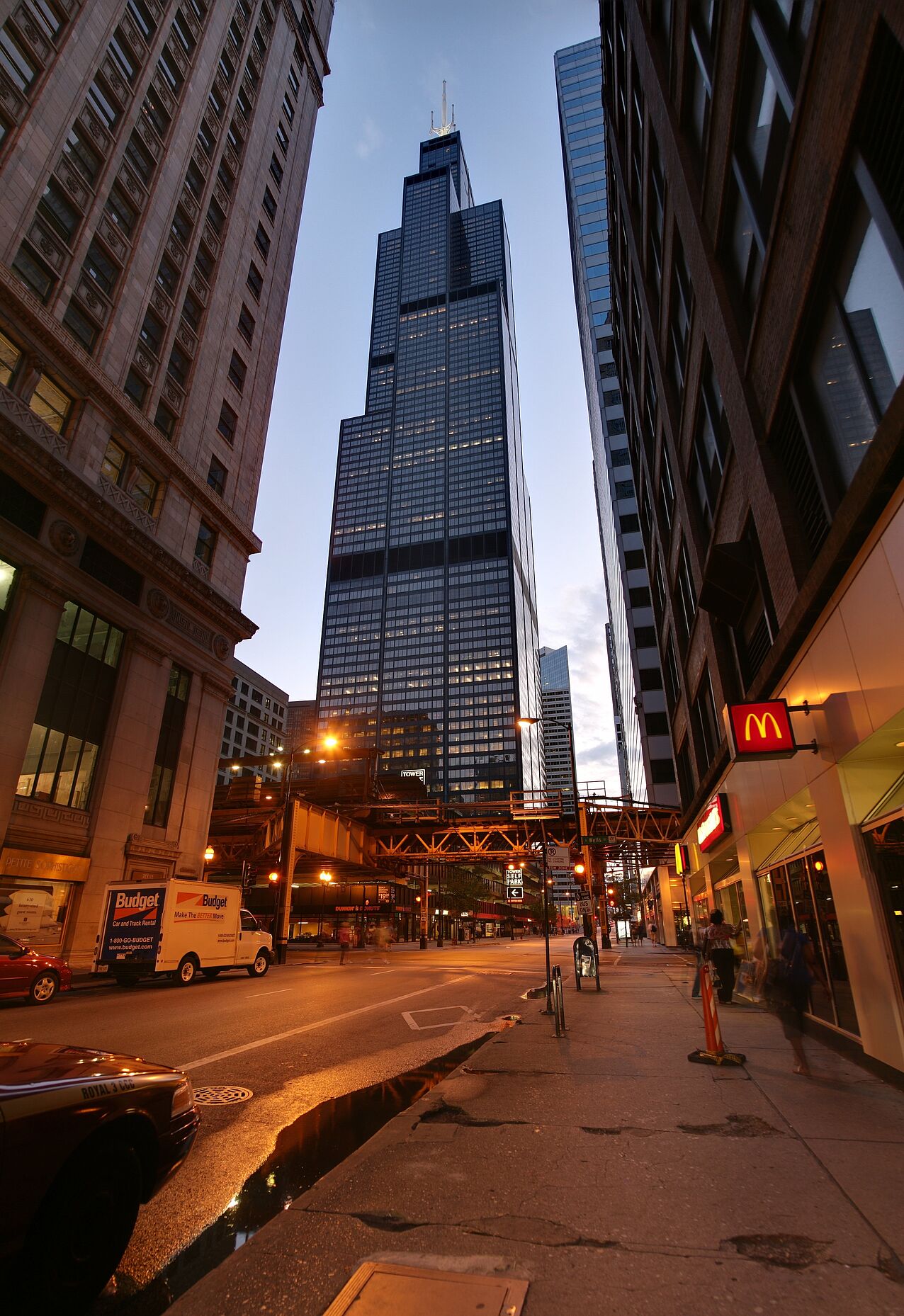
The highest building in Chicago at 442 metres is also the second highest skyscraper in the USA. 175 million dollars was the cost to build. In 1974, the building was opened under the name Sears Tower because of its opening on behalf of US retail concern Sears Roebuck and Co. In 2009, the Sears Towers was renamed Willis Tower after the London insurance group Willis Group Holdings rented almost 13,000 square metres of office space in the building and acquired the name rights to the skyscraper.
Number 10: Taipei 101 (China)
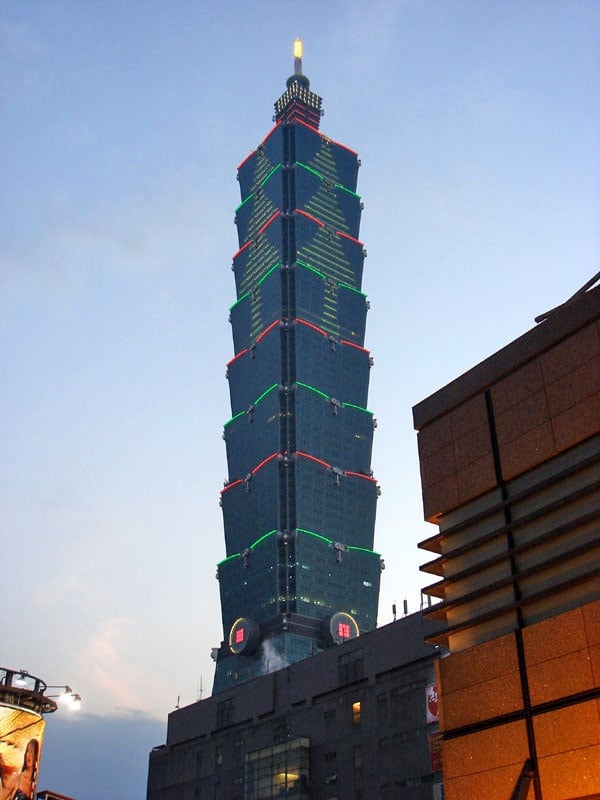
The Taipei Financial Center, or Taipei 101 for short, is a skyscraper in the Taiwanese capital. At 508 metres it towers over the city skyline. 61 lifts transport employees to the 101 storeys in total. The building stands on a foundation of 9.000 tons of steel and 35,000 tons of concrete which rest on 557 concrete pillars. The total costs amounted to around 1.6 billion euros.
The Burj Khalifa may not of course remain the highest building in the world for long. In Dschidda, Saudi Arabia, the Kingdom Tower is currently being built. The skyscraper with a projected height of 1,007 metres is estimated to cost 1.2 billion dollars. There will be offices, residential spaces and a hotel on a total of 500,000 square metres. The world’s highest viewing platform is set to be sited at a height of 502 metres.
